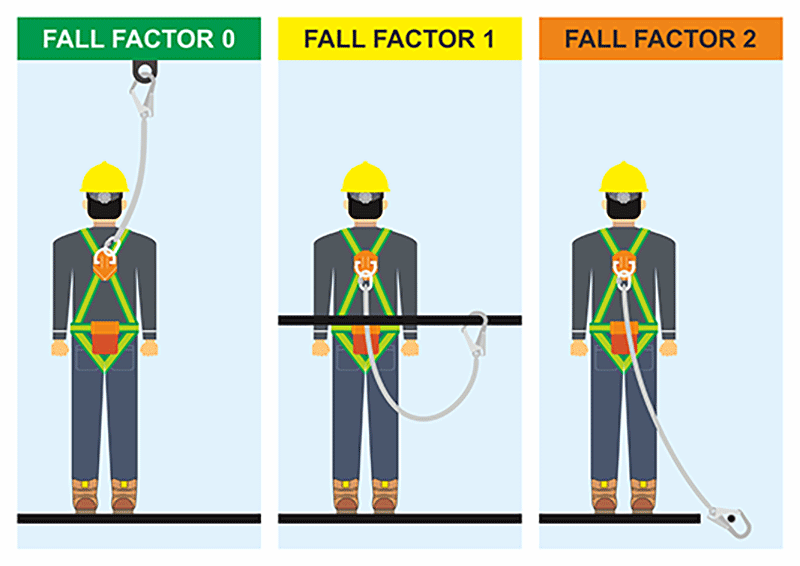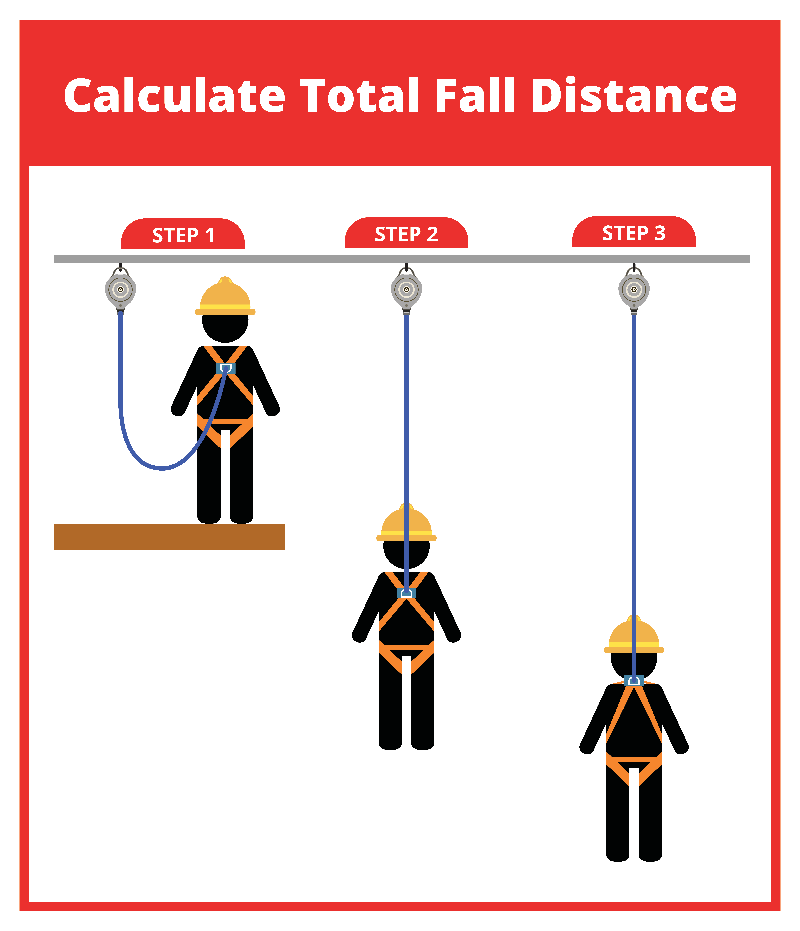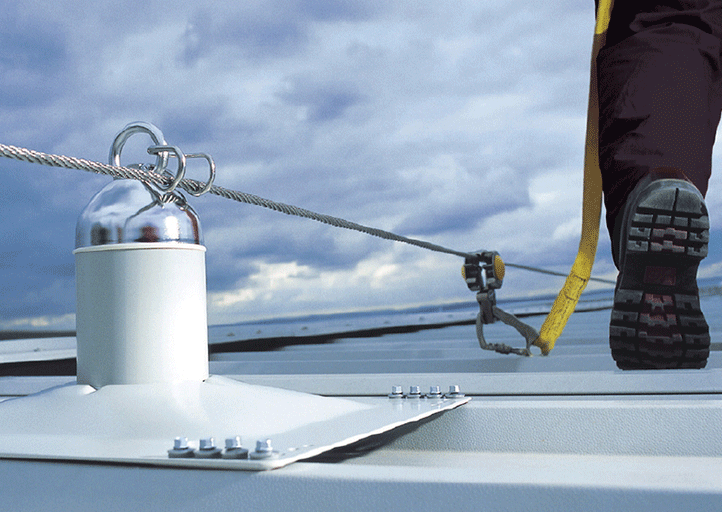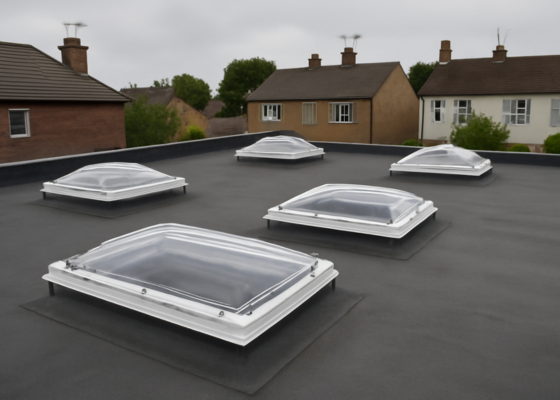When working at height, fall protection is an essential safety measure. Although specified as a last resort, according to the Hierarchy of Control, fall arrest systems are still essential protection. They prevent serious injuries or fatalities in the event of a fall. However, they are only effective when designed and installed correctly.
While it may be tempting to select a fall protection company based purely on price, you could be compromising the safety of your workers or contractors. The consequences could be fatal if the company doesn’t fully understand the intricacies of fall factor, clearance and other critical aspects.
Fall factor: A critical safety metric
Understanding fall factor, and accurately calculating it is essential to ensure effective protection.
The fall factor is a measurement that represents the ratio between the height of a fall and the length of the lanyard. It’s fundamental to the design of a system. This calculation determines the potential severity of a fall, with values ranging from 0 to 2. A lower fall factor means less impact on the user’s body, significantly reducing injury risk.
Understanding fall factor is essential for selecting and installing the fall arrest equipment to minimise the risk of injury:
- Fall Factor 0: The anchor point is directly overhead, and the lanyard is taut. This positioning results in minimal fall distance force.
- Fall factor 1: The anchor point is at shoulder or back height, meaning there is more slack in the system, increasing fall distance and force.
- Fall factor 2: The anchor point is at waist height or below, potentially allowing the worker to fall twice the length of the lanyard, resulting in a high impact force.

Calculating required clearance for safety
For a fall arrest system to function effectively, there has to be enough clearance from the point of fall to any lower level or obstacle.
So, when determining the required clearance for fall arrest equipment, it’s essential to factor in the lanyard length, the worker’s height, the anchor point position, the deceleration distance, and any potential obstacles or hazards. The lanyard’s length is its length and the distance the shock absorber extends when deployed.
Typically, the distance between the connection point on the harness and the worker’s feet after a fall is estimated at 2 metres. This accounts for the worker’s height and any stretch in the safety harness. Additionally, a further 1 metre of safety clearance must be included to ensure adequate protection.

The often-overlooked pendulum effect
Another consideration is the risk of a swing fall, also known as the pendulum effect. This occurs when workers are positioned away from their anchor points. As the distance increases, the effective lanyard length becomes longer, which in turn increases the swing speed in the event of a fall. This high-speed pendulum motion can cause the worker to hit nearby surfaces or obstacles.
To prevent this, anchor points should be as directly overhead as possible.
Selecting a competent contractor: It’s not just about price
Competent fall protection companies factor in various variables when designing and installing fall arrest systems. They evaluate the structural integrity of a building or roof to ensure it can withstand the forces generated during a fall. Additionally, they consider environmental factors such as local weather conditions, material degradation, and the risk of corrosion, especially in industrial or coastal areas. All of these elements can adversely affect the long-term performance and safety of the system.
Proper configuration is crucial as well. Fall professional experts know where to put anchorage points, how to calculate clearance and the importance equipment compatibility.
Fall arrest systems: Making an informed choice
The design and installation of a fall protection system is complex and requires deep technical knowledge and experience. Yes, we fully understand that budgets may be tight so cost matters, but this shouldn’t overshadow the critical importance of proper system design and installation.
Choose a company that understands fall factors and clearance calculations and can assess structural requirements. And ensure they’re up-to-date on current safety standards, regulations, and training.
The difference between a properly and improperly installed system might only be visible once a fall occurs. By then, it’s too late to wish you’d chosen expertise over economy.


